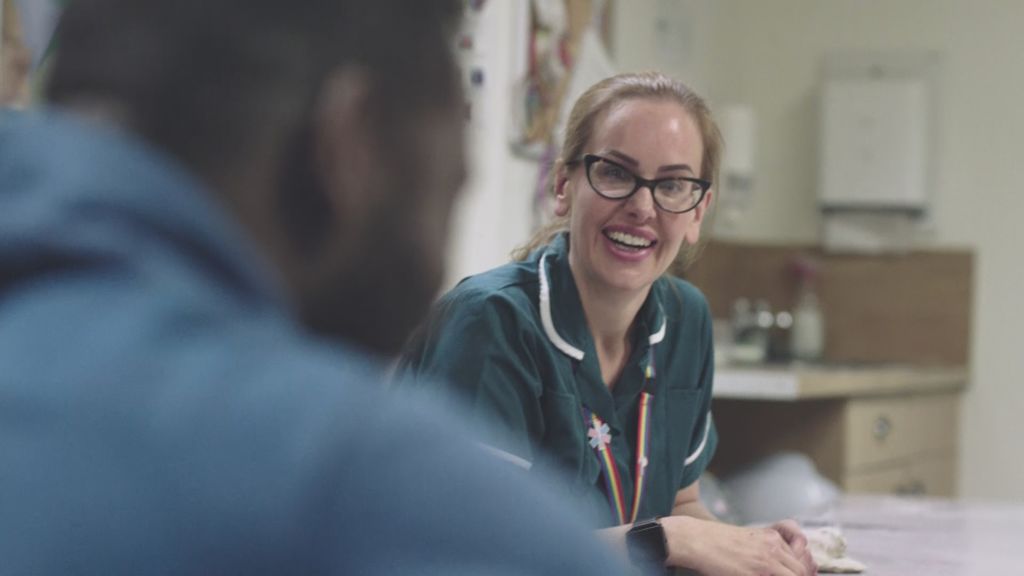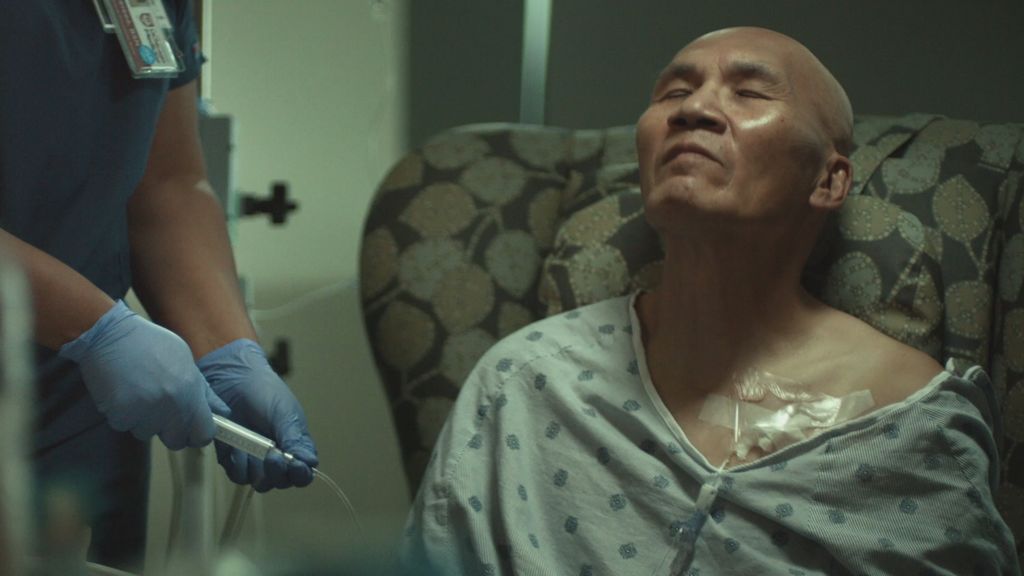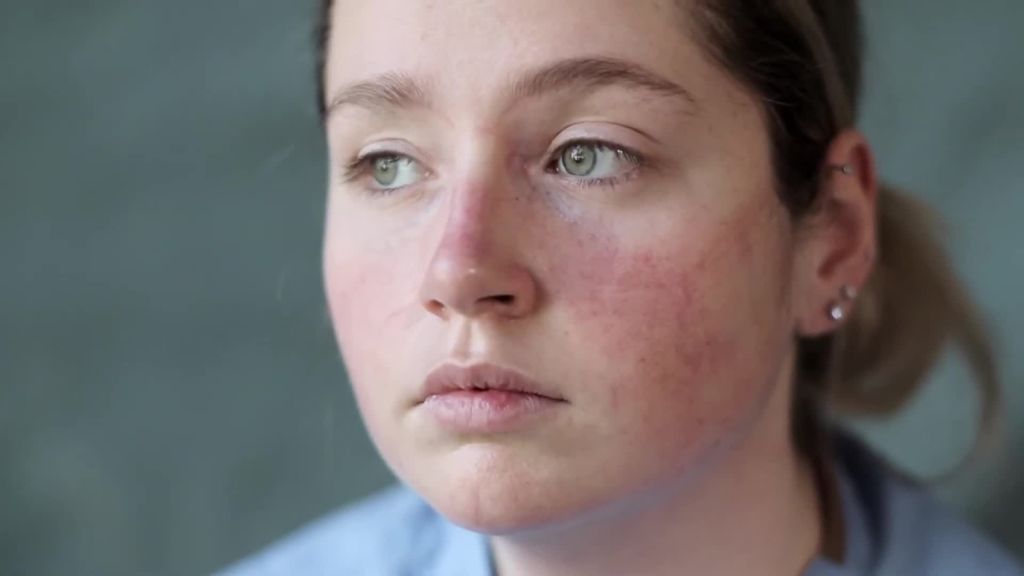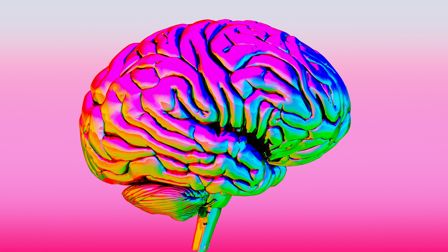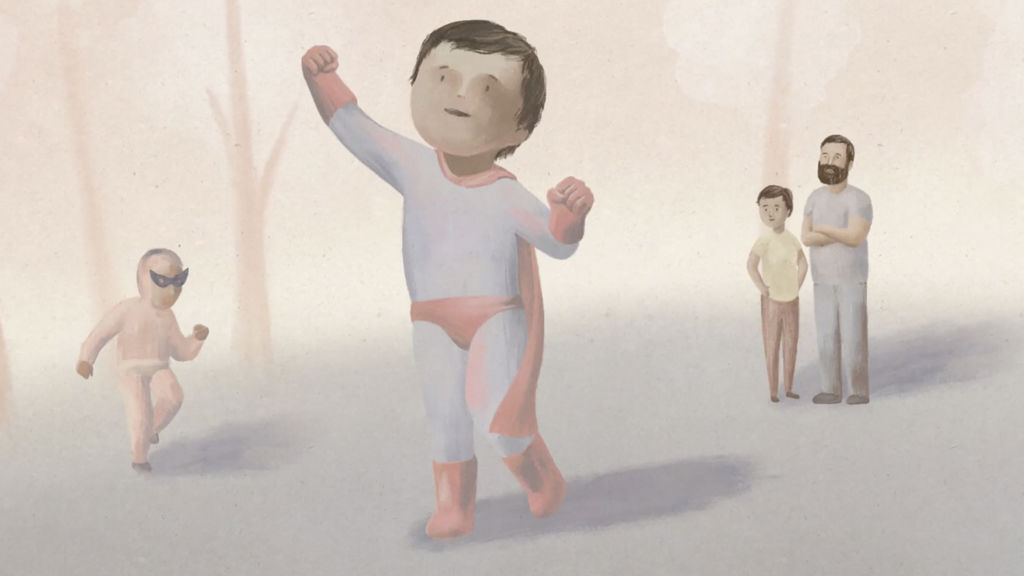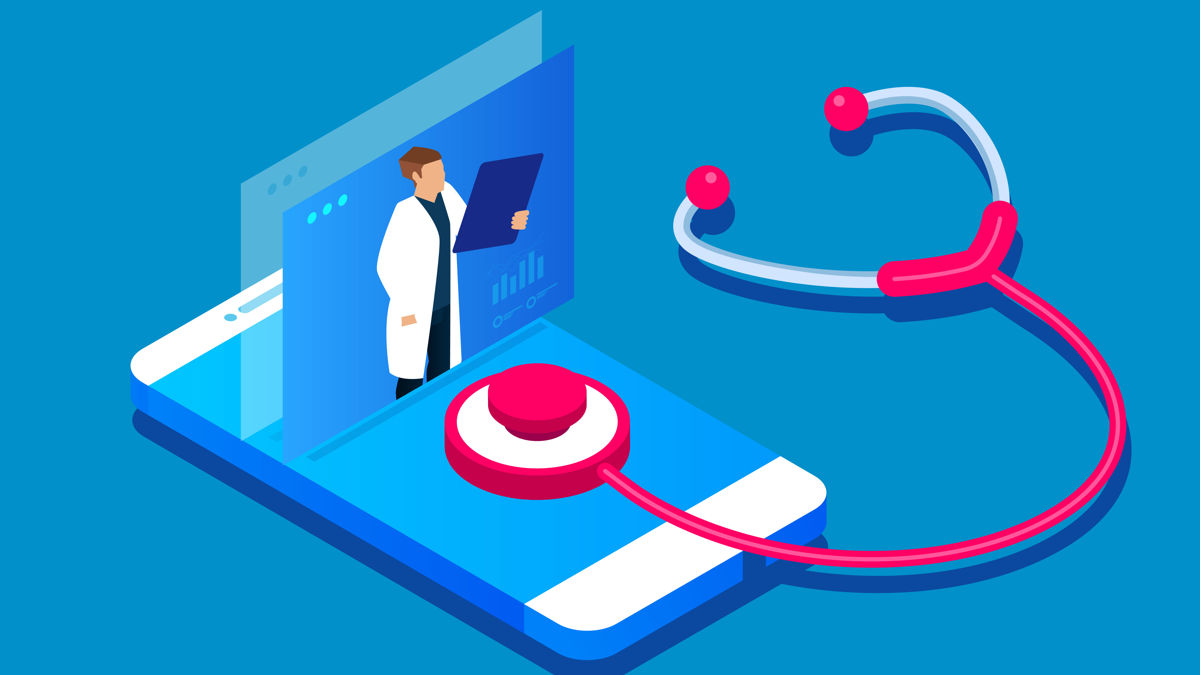How 2020 changed health advertising
Augé Reichenberg, Chief Creative Officer, VMLY&R Health explains the Fauci Effect on health advertising and how customers are driving the future of healthcare, not clients.
As a part of our Health issue, Chief Creative Officer at VMLY&R Health, Augé Reichenberg, gives an interview that dives into the future of Health Advertising, by looking at how we got here in the first place.
How did you get into health advertising?
Mad Magazine is how I realized that when I grew up I might be able to have a job in which I could get paid to create words and pictures that lots of people would enjoy. I was 7. Throughout my childhood, I was transfixed by how movies and TV commercials had a magical power; they could transport you to another world and make you laugh or cry. That influence over people’s emotions seemed very powerful to me. But in my mind, the more powerful medium was advertising, because while a film could make a person laugh or cry over the course of an hour and a half, a well-conceived and produced TV spot could do it in seconds.
We have shifted as a society from wanting the material to desiring the experiential.
By the time I was 23, I had already co-created with my partner three national TV campaigns and made the shortlist at two major shows. I continued in general advertising until one day, a group of us were called into a medical briefing for a new drug. The briefing was given by a doctor, and for the first time I had a peek under the tent into a world very few are privy to. And I was hungry for more. I loved the science. It was, and still is, endlessly fascinating to me. I loved knowing there was this new genre of advertising, and if my ideas were good enough, I could go beyond making people laugh or cry and help people suffering from diseases—perhaps even help save a life. From that moment on, I didn’t have a career, I had a calling.
NHS – Then Now Always
Children’s Hospital of Montreal – Long Live Little Brats
UChicago Medicine – Not Fair
Above: Hospital and charity ads from 2020
How do you think the industry responded to COVID?
Over the past year, we’ve witnessed the health care industry work at miraculous speed without cutting corners, and with an intense passion and determination the likes of which none of us has ever seen in the industry. That being said, there was remarkably very little chest-beating or horn-blowing by any of these biopharmaceutical companies around the unprecedented feat many had achieved or were in the process of achieving in bringing a COVID vaccine to the world. This is true leadership and humility at work. It’s true the general public had a renewed respect and awe for the work the health care industry does every day to protect humanity.
What do you think the Fauci Effect is in advertising?
Even before the Fauci Effect happened, people in advertising, especially the next-gen talent pool, were already seeing health advertising as the new “sexy.” Creatives across the board are seeing that the deeper, more personal satisfaction one can achieve in health is often more than in other genres. In health, the right idea reaching the right person at the right time can be literally life-changing.
Health experiences will be seamlessly woven into daily life, not just on occasion during an appointment with a health professional.
Many incoming millennials and Gen Z creatives have an innate yearning to help those less fortunate than themselves and a strong desire to right the wrongs in the world. Many of the greatest campaigns celebrated at festivals like Cannes Lions Health have demonstrated how even one simple but supersmart idea can enrich real people’s lives, as well as the careers of creatives.
Life Bridge Health – Covid Cares
PROVIDENCE – Stronger
Above: Covid PSAs from hospitals in 2020
How did conversations change between agencies and pharma clients?
It’s probably true for some clients that the conversation between agencies and pharma brands shifted, but it has been surprisingly business as usual in my experience. I will say it has certainly expanded my own thinking into even more altruistic avenues because when I hear about the racial divide in health care, I’m inspired to create new ways to close that gap and recognize the importance and urgency of innovating and instituting real solutions.
Do you see trends in health advertising? What are some trends you think we should be looking out for?
Advertising, as we know it, is dead. We have shifted as a society from wanting the material to desiring the experiential. The experience you have with a brand is what stays with a person. It’s the experience itself that becomes the benefit, not just the brand’s physical attributes. There is always an experience you want in your life as a consumer, patient, caregiver, payer, or physician. And this goes all the way, through every element, every medium, and material you come into contact with, from the experience of accessing and taking medicine right down to the UX design of an app or a site. Intelligently leveraged, technology can optimize experiences even in professional spaces, and even nonpersonal communications can begin to become surprisingly human and very personal.
While a film could make a person laugh or cry over the course of an hour and a half, a well-conceived and produced TV spot could do it in seconds.
Other trends include how more and more, patients will self-test and self-monitor their conditions and have that data shared in real-time with their medical team and providers. And while the pandemic made telemedicine a norm for many, it will continue to grow to become the norm for all—even for those in the most economically disadvantaged, developing countries.
Macmillan Cancer Support – Whatever It Takes
Save Our Sons – Heartbeat
Surrey Hospitals Foundation – Therapy
Above: Hospital and charity ads from 2020
How do you see the industry responding to this call for representation and candor with regards to mental health?
I think the health industry is doing more for mental health and neurodiversity than almost any other, whether it’s for a particular medication or unbranded education on a particular neurological disease, or it’s in the guise of a PSA that is creating general awareness of this progressing problem to drum up government or public support for change.
Over the past year, we’ve witnessed the health care industry work at miraculous speed without cutting corners, and with an intense passion and determination the likes of which none of us has ever seen in the industry.
For example, in the U.S., nearly 30 animated films on social media employed storytelling and a sense of humor to demonstrate the realities of depression for MDD (major depressive disorder). And it’s not just a U.S. phenomenon. In the UK, a short film using stop-action techniques with simple objects/symbols that each represented a stat proving the increase in mental health issues had a strong call to action for the government and the public to support the cause. While there is still so much more that can be done, I know of no other industry that is dedicating more time or resources to shining a light on this epidemic of emotional suffering.
What does the future of health advertising look like?
The future of health care advertising will not look or feel like health care advertising. Authentic and real experiences, as well as social, virtual, and utterly individualized experiences, will connect people and health care professionals to what they need when, where, and how they need it. Innovations in technology will further help people monitor and track their health and alert the type of medical response they need. These health experiences will be seamlessly woven into daily life, not just on occasion during an appointment with a health professional. Having said that, the individual will be able to customize their health experiences to be as virtual and “distant” as they please or, for the truly radical, feed their instinctual desire for medicine with the human touch.
)


